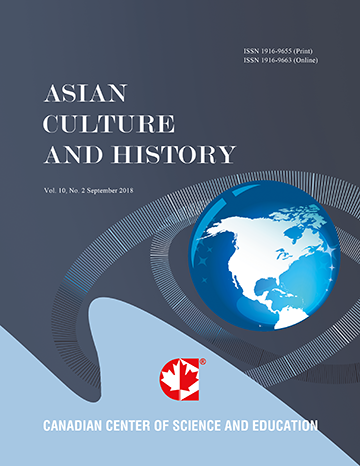A Sui Dynasty (581-618) Iron Buddha: The Tale of Two Filial Sons
- Paul G. Fendos Jr
Abstract
This article aims to ascertain the date and significance of what appears to be a Sui Dynasty (581-618) Iron Buddha by closely examining the artifact and the inscription on it. After a preliminary attempt to determine the ‘style’ of the Iron Buddha, more in-depth comparative analyses of it are carried out that focus on reconstructed dynastic calendars and the sexagenary dates in them, Buddhist iconography from the same period and the formulaic narrative and prayer-like entreaty passages found on them, and a companion Stone Guanyin piece located in the Detroit Institute of Arts. Summing up the results, in addition to substantiating the inscribed date found on the Iron Buddha, these analyses demonstrate that the Iron Buddha and Stone Guanyin were part of a larger story, one that was being played out during the Northern & Southern Dynasties period, when Chinese social order and the Confucian ideology supporting it were declining, replaced in many areas by the growing influence of Daoism and Buddhism. This story centers on the tale of two filial sons who commissioned these pieces, hoping, in still following the centuries-long Confucian tradition, to honor their deceased Father, while doing so within the context of a rising Buddhist worldview, one in which they wished him freedom from pain and re-birth in a better place.
- Full Text:
 PDF
PDF
- DOI:10.5539/ach.v10n1p19
Journal Metrics
Google-based Impact Factor (2017): 5.42
h-index (January 2018): 11
i10-index (January 2018): 21
h5-index (January 2018): 6
h5-median (January 2018): 9
Index
- Academic Journals Database
- CNKI Scholar
- COPAC
- EconPapers
- Elektronische Zeitschriftenbibliothek (EZB)
- Excellence in Research for Australia (ERA)
- Genamics JournalSeek
- Google Scholar
- Infotrieve
- LOCKSS
- MIAR
- NewJour
- Open J-Gate
- PKP Open Archives Harvester
- Publons
- RePEc
- Scilit
- SHERPA/RoMEO
- Standard Periodical Directory
- Technische Informationsbibliothek (TIB)
- The Keepers Registry
- Universe Digital Library
- WorldCat
Contact
- Ivan YongEditorial Assistant
- ach@ccsenet.org
